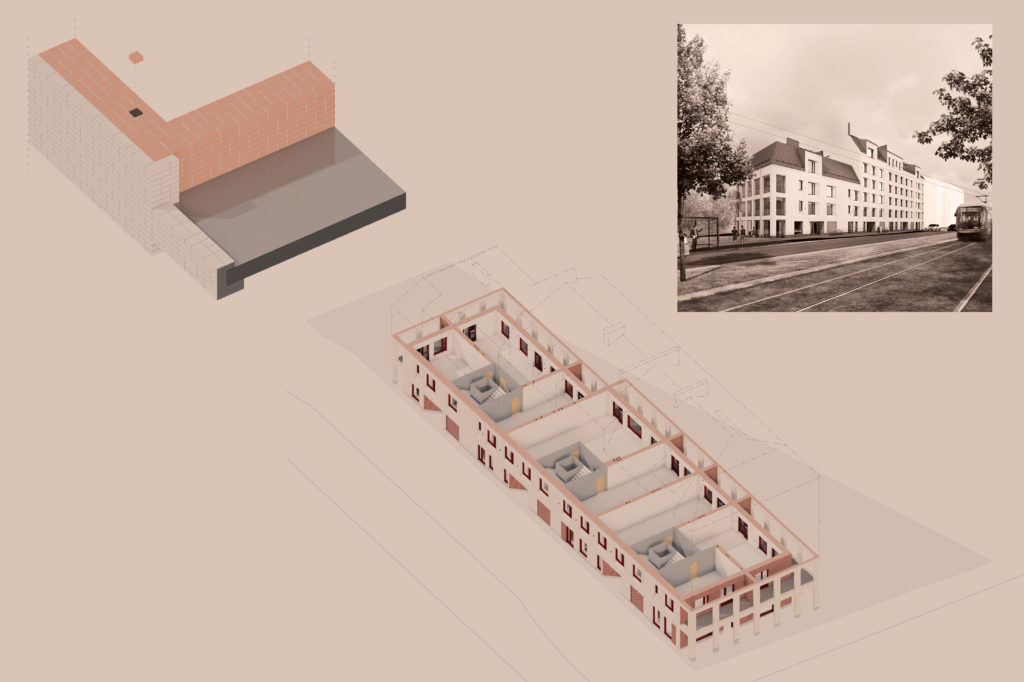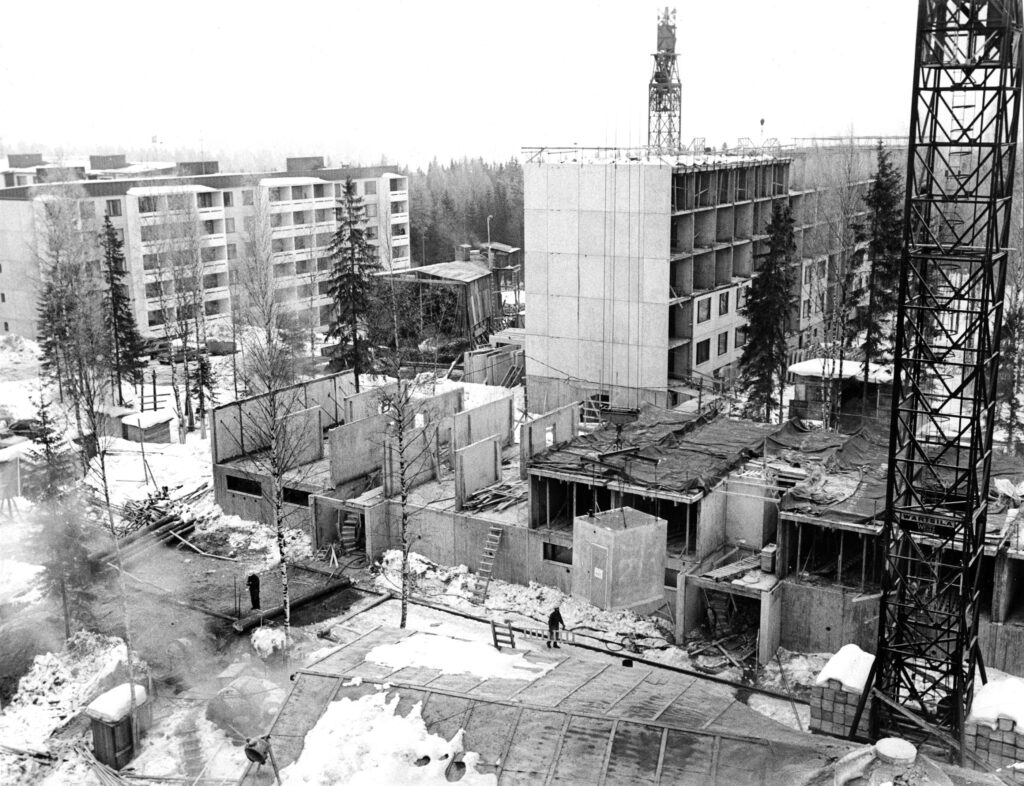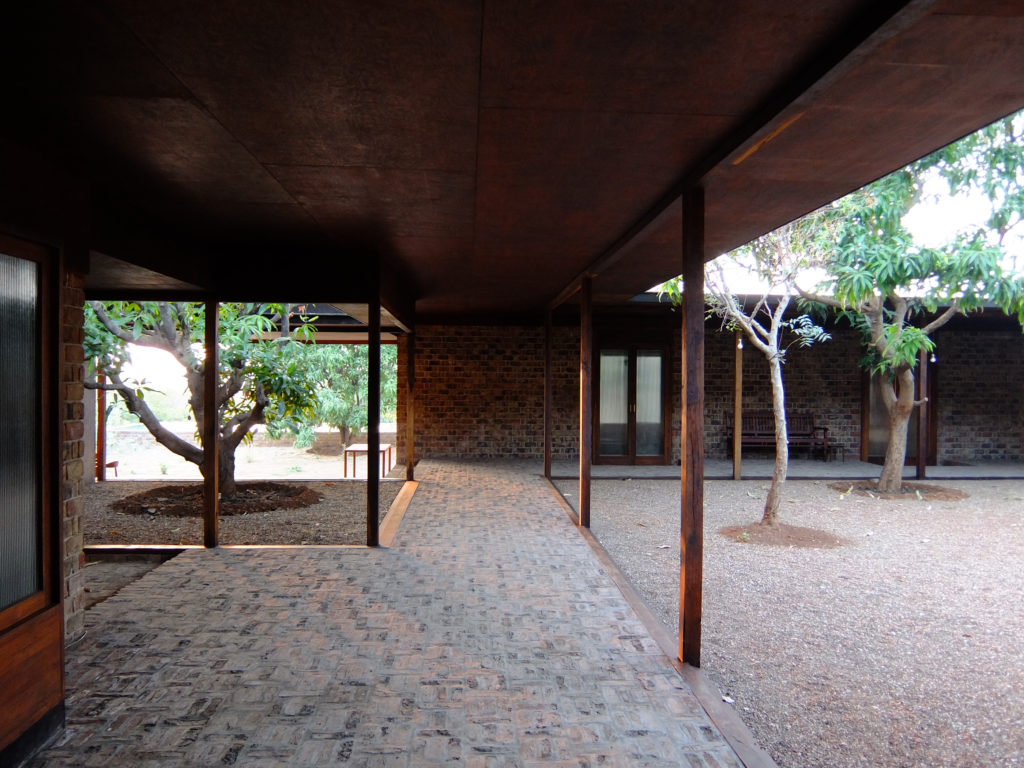Editorial 5/20: All That Is Solid Melts into Air?

The words of the heading are from the Manifesto of the Communist Party. When Karl Marx and Friedrich Engels published their pamphlet in 1848, Europe was facing fierce social changes and uprisings. Via societal and regional crises in the latter part of the 19th century, our continent continued to slide towards the First World War. However, in the history of architecture and city planning, it appears that quite a solid world was being built at the same time. In Helsinki, St Nicholas’ Church was still being constructed.
Despite the accelerating industrialisation and development of technology, many designs and buildings constructed in the Western world in the early 20th century still embodied Stoic and stony solidity. It was also written, in an emotional tone, in the Arkkitehti magazine in 1921 that Kalevala House, a competition design by Eliel Saarinen, was a “magnificent composition” that reflected the “past grandeur”. What mythical splendour of the past this monumental building with its 80-metre-high towering cupola would mirror was not further analysed in our magazine.
Perhaps today we could regard the large stone buildings that were constructed in the industrial era as attempts to revive the glories of the past. When facing drastic changes, it is natural to rely on something solid. Even though individual and civil rights were demanded in Europe at the turn of the 20th century, the existing buildings remained as reminiscences of the former realms. With this development in the background, the rise of modern expression in art and architecture was perhaps only possible after the familiar monuments had been given up or lost their meaning. The acceptance of the change was announced by manifestos of architects, such as acceptera published by Gunnar Asplund and his contemporaries in 1931, as well as Vers une architecture by Le Corbusier a decade earlier, in 1922. The original name proposal for the publication was Architecture ou révolution (Architecture or revolution).
Numerous crises loom on the horizon, and large changes should be undertaken. Is this visible in architecture?
Of course, this is a simplifying thought experiment, but there are similar features in today’s world. Numerous crises loom on the horizon, and large changes should be undertaken. Is this visible in architecture? What kind of buildings do we want to propose as monuments of our time? Many people find that the still newish Helsinki Central Library Oodi is a suitable landmark for a modern civilised nation. However, its architectural appearance is a secondary reason. What is really celebrated, is the library culture that was created thanks to the hard work carried out in the Finnish welfare state. The appreciation of the public library system has turned out, so far, to be fairly solid.
Is modern architecture, then, facing a crisis of monumentality? Are buildings themselves still meaningful, or have they rather become elements that only mediate values? In popular architectural discourse, we occasionally yearn for a return back to the aesthetical or, at least, material past. But is this more about a fact that new transformations force us to choose new unknown directions and that it is in fact difficult to find comforting, solid meanings in today’s architecture?
However, the present time provides a very different viewpoint than the turmoils of the past centuries. History has witnessed architectural intentions and symbolism for such a long time that we begin to understand that none of the places or buildings hold completely solid meanings. For the architecture of the future, one theme of study could – in place of symbolism – be absolute honesty in the accelerating climate crisis. What should a new revolution look like? ↙




